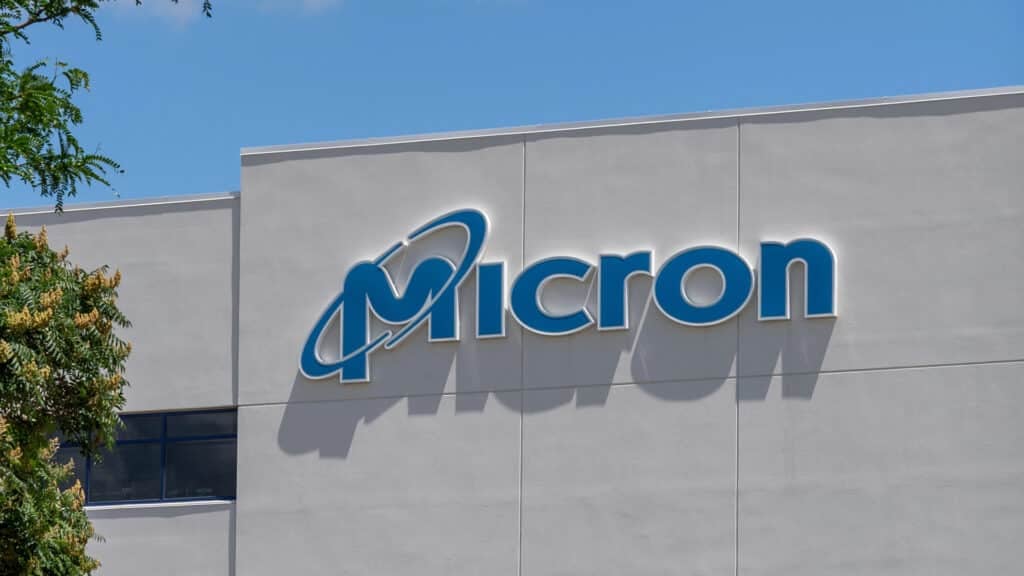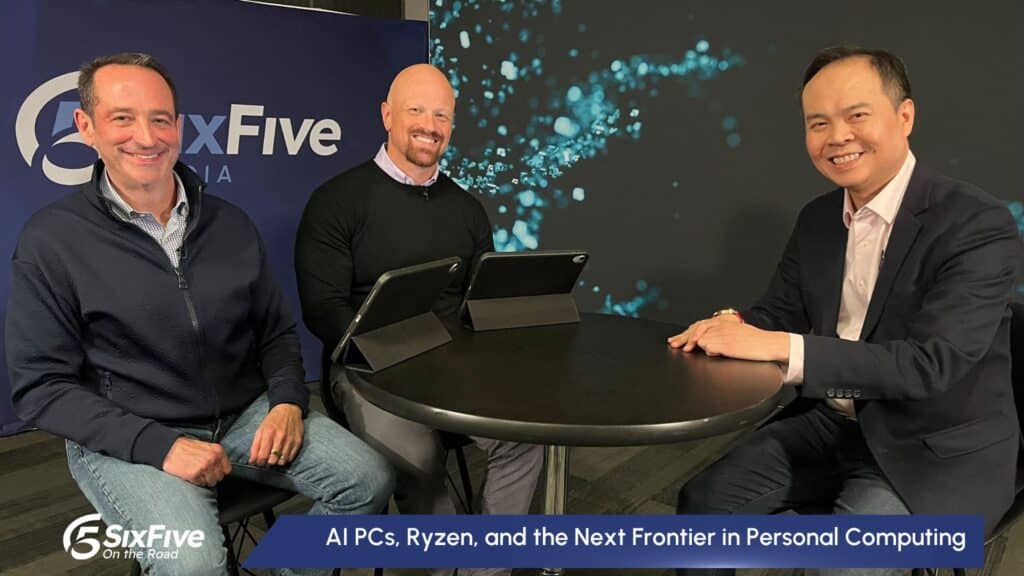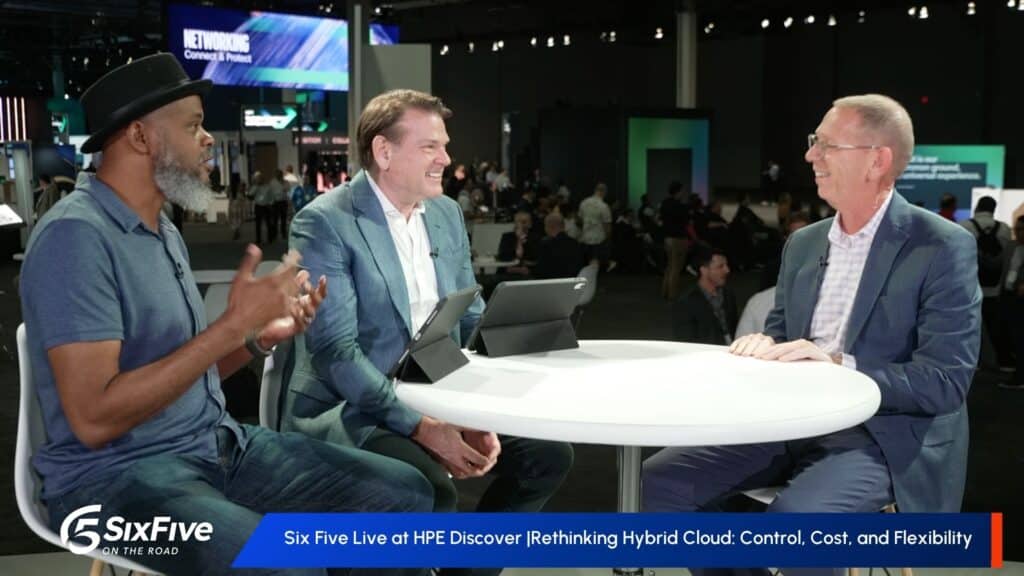Analyst(s): Keith Kirkpatrick, Nick Patience
Publication Date: December 18, 2024
Google made several announcements focused on the significant advancements in its AI capabilities. Key highlights include the introduction of the sixth-generation TPU, Trillium, and the launch of Gemini Flash 2.0, a versatile AI model supporting multimodal inputs and outputs. Gemini Flash 2.0, coupled with Google’s Agentspace framework, empowers businesses to automate tasks, streamline processes, and provide personalized support. Agentspace leverages Gemini’s advanced reasoning and search capabilities, along with RAG techniques, to deliver accurate and efficient enterprise-level information discovery and automation.
What is Covered in this Article:
- Trillium Tensor Processing Units (TPUs), Google’s latest generation of TPUs, are generally available as of December 11 and provide more than a 4x increase in training performance and a 3x increase in inference throughput.
- Gemini 2.0 Flash, an experimental release of the Gemini language model, will be introduced. It is twice as fast as Gemini 1.5 Pro with stronger performance and includes new capabilities such as multilingual native audio output and native tool use.
- Google is launching a new offering called Google Agentspace, which combines search and AI agents to help enterprise employees be more productive by accessing and leveraging their company’s data and expertise. Agentspace will integrate with NotebookLM to bring these advanced AI capabilities to the enterprise.
- The new generative media models Veo (image-to-video) and Imagen 3 (text-to-image) are being made available on Vertex AI.
The News: Google announced several enhancements to its AI offerings that include the general availability of Trillium, its sixth-generation tensor processing unit (TPU), and the release of Gemini Flash 2.0, the latest model in its Gemini family of models and new generative media models supporting image-to-video (Veo) and text-to-image (Imagen 3).
Gemini Flash 2.0 is designed to enable several new capabilities, including supporting multimodal inputs such as images, video, and audio; 2.0 Flash now supports multimodal output like natively generated images mixed with text and steerable text-to-speech (TTS) multilingual audio.
Gemini Flash 2.0 will also natively call tools such as Google Search, code execution, and third-party user-defined functions. The model supports multimodal reasoning, long context understanding, complex instruction following and planning, compositional function-calling, native tool use, and improved latency, which can work together to enable agentic experiences.
Google has built upon this foundation with Agentspace, a workplace productivity system designed to streamline how employees interact with company resources. At its core is Notebook LM, Google’s AI research assistant, which serves as a central hub for accessing and analyzing enterprise information. The system can automate routine business processes while providing customized AI support for both individuals and teams. Agentspace agents’ search capabilities combine planning, reasoning, and memory, and utilize Retrieval Augmented Generation (RAG) grounding techniques to ensure accurate, cost-effective, and up-to-date information is used. Google Agentspace provides pre-built frameworks and templates to enable organizations to get up to deploy agents faster.
Will Google’s AI Enhancements Help Drive Greater User Adoption of Its Platform?
Analyst Take: Google made these announcements the week after AWS re:Invent and all its AI-related news. As we enter 2025 Google, AWS, and Microsoft, along with Oracle, Salesforce, and a few others will try to outdo each other with better models in terms of their performance and multimodality, agentic AI enhancements, and for some of them, custom chips.
Agentic AI – the concept of semi-autonomous agents making decisions and taking actions – is still nascent. However, we believe that in 2025 the concept and the agents themselves will start to disrupt the traditional application software industry. Application vendors – led by Salesforce at this point – are not sitting idly by and watching this happen; they are developing their own agentic platforms. But for Google, agents represent a new opportunity to take business from a new set of competitors as well as potentially improve its cloud market share against AWS and Microsoft.
Ultimately, Google is trying to demonstrate it has the technological capability to deliver AI tools that are able to deliver a solid return on investment quickly. In addition to Wall Street, which is impatiently waiting for AI to contribute to revenue growth, end customers themselves are measuring vendors not only by the features they can offer but how quickly they can be implemented and deliver value.
Trillium Goes GA
Google’s announcement of the general availability of Trillium TPUs for Google Cloud should make developers happy. The new TPUs are specifically designed to handle AI workloads, and the new generation of processors provides significant performance improvements. According to Google:
- Over 4x improvement in training performance
- Up to 3x increase in inference throughput
- A 67% increase in energy efficiency
- An impressive 4.7x increase in peak compute performance per chip
- Double the High Bandwidth Memory (HBM) capacity
- Double the Interchip Interconnect (ICI) bandwidth
- 100K Trillium chips in a single Jupiter network fabric
- Up to 2.5x improvement in training performance per dollar and up to 1.4x improvement in inference performance per dollar
Google also made improvements to its software layer that are designed to help developers maximize their cost-to-performance ratios, largely around AI training, tuning, and serving, by optimizing the XLA compiler and AI frameworks such as JAX, PyTorch, and TensorFlow. This should help Google compete against Nvidia’s GPUs, which have established a massive foothold in the market for AI workloads.
New Generative Models to Challenge Adobe, Canva
Google’s updates to its text-to-image and text-to-video models will help raise the bar for performance and capability around using generative AI to quickly create images and videos. Google has received criticism in the past for its model training processes, which use images and videos taken from around the Internet, which resulted in images that reflected toxicity, bias, or other unwanted elements. That said, Google has doubled down on AI safety and appears to be taking steps to test and adjust models so they do not return unwanted or copyrighted content. However, Adobe continues to own the messaging around AI safety, and Google will need to demonstrate that its models are commercially safe, a process that will take time.
Google Enters the Agent Space
Like its competitors, Google has realized that agentic AI is the current buzzword for any vendor operating in the enterprise market. According to Google, its Agentspace Enterprise will combine Gemini’s intelligence alongside “Google-quality search,” grounded in the customer’s data, to provide multimodal responses to employee prompts, which can deliver conversational assistance, answer questions, make suggestions, and perform actions. Agentspace incorporates both structured and unstructured data from documents, emails, tables, and other sources. It can offer suggestions on the next steps to take specific action based on company-vetted information.
As it is an enterprise-grade offering, Agentspace comes with pre-built connectors for a wide range of third-party tools and services, including Confluence, Google Drive, Jira, Microsoft SharePoint, and ServiceNow. According to Google, Agentspace can also be used as a centralized hub to share access to a variety of custom AI agents, along with a low-code, visual tool that will enable workers to build and customize their own agents.
Ultimately, these announcements are a positive sign for both Google and the market at large. While agentic workflows are still mostly hype right now, deployed correctly they will eventually become commonplace for handling repetitive tasks. Vendors will need to have a comprehensive strategy for making agents available, and for pricing them appropriately.
Agentspace is now available in early access with a 90-day free trial, and users are required to pay a monthly per-user subscription fee after the trial period has expired, from $9 per user per month (pupm) for the use of NotebookLM alone to $25 pupm for Agentspace Enterprise and $45 pupm for Agentspace Enterprise Plus. Google representatives said that as of now, there are no limits to the number of agents that can be created, as they are trying to drive familiarization and utilization of AI agents.
We would expect that as Google collects more data around the use of Agentspace, it may wind up adjusting its approach to pricing, with specific pricing based on the complexity of work to be done, or perhaps even outcomes-based pricing.
What to Watch:
- Google’s competitors are unlikely to stand still, and Google will need to continue to bring new innovations to market in order to capture and retain the attention and interest of customers across each segment of the market in which it operates.
- With respect to image and video generation, Google will need to ensure that it monitors its models closely, to avoid any public relations gaffes related to toxic, inaccurate, or offensive content being generated by these models.
- Google’s agentic AI offering – Agentspace – needs to quickly demonstrate it can deliver ROI, in order to avoid being looked at as a follower. Salesforce has claimed the high ground with branding AI agents via Agentforce, and Salesforce needs to clearly demonstrate how and why its Agentspace is a better platform for customers.
See the complete press release on Gemini 2.0 in this blog post, and check out the company’s AI agent strategy in this post.
Disclosure: The Futurum Group is a research and advisory firm that engages or has engaged in research, analysis, and advisory services with many technology companies, including those mentioned in this article. The author does not hold any equity positions with any company mentioned in this article.
Analysis and opinions expressed herein are specific to the analyst individually and data and other information that might have been provided for validation, not those of The Futurum Group as a whole.
Other Insights from The Futurum Group:
Will Outcomes-Based Pricing Become the Preferred Pricing Model for AI Agents in 2025?
Google Cloud’s AI-First Vision: Empowering Businesses for the Generative AI Era
Amazon Unveils Models, Chips, and Tools at re:Invent, Boosting its AI Credentials
Author Information
Nick Patience is VP and Practice Lead for AI Platforms at The Futurum Group. Nick is a thought leader on AI development, deployment, and adoption - an area he has researched for 25 years. Before Futurum, Nick was a Managing Analyst with S&P Global Market Intelligence, responsible for 451 Research’s coverage of Data, AI, Analytics, Information Security, and Risk. Nick became part of S&P Global through its 2019 acquisition of 451 Research, a pioneering analyst firm that Nick co-founded in 1999. He is a sought-after speaker and advisor, known for his expertise in the drivers of AI adoption, industry use cases, and the infrastructure behind its development and deployment. Nick also spent three years as a product marketing lead at Recommind (now part of OpenText), a machine learning-driven eDiscovery software company. Nick is based in London.
Keith Kirkpatrick is Research Director, Enterprise Software & Digital Workflows for The Futurum Group. Keith has over 25 years of experience in research, marketing, and consulting-based fields.
He has authored in-depth reports and market forecast studies covering artificial intelligence, biometrics, data analytics, robotics, high performance computing, and quantum computing, with a specific focus on the use of these technologies within large enterprise organizations and SMBs. He has also established strong working relationships with the international technology vendor community and is a frequent speaker at industry conferences and events.
In his career as a financial and technology journalist he has written for national and trade publications, including BusinessWeek, CNBC.com, Investment Dealers’ Digest, The Red Herring, The Communications of the ACM, and Mobile Computing & Communications, among others.
He is a member of the Association of Independent Information Professionals (AIIP).
Keith holds dual Bachelor of Arts degrees in Magazine Journalism and Sociology from Syracuse University.





